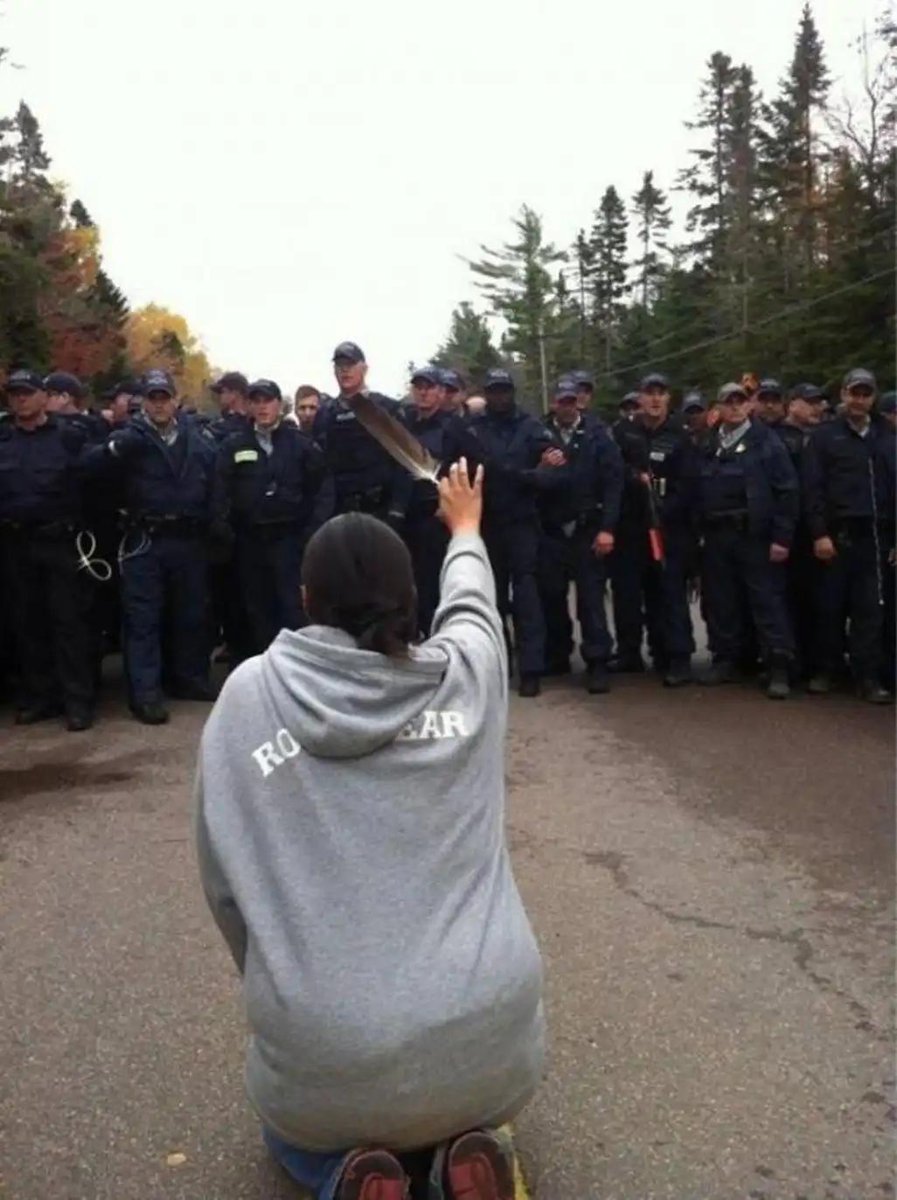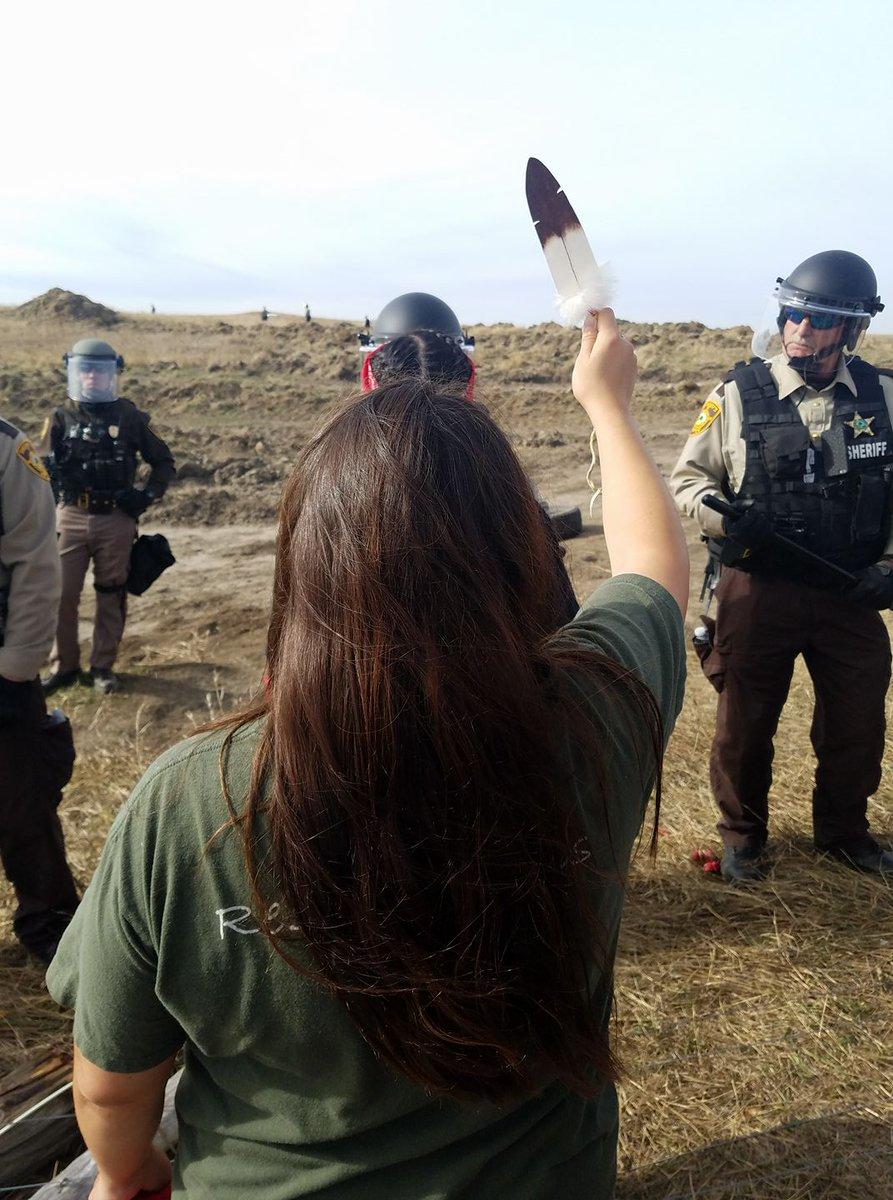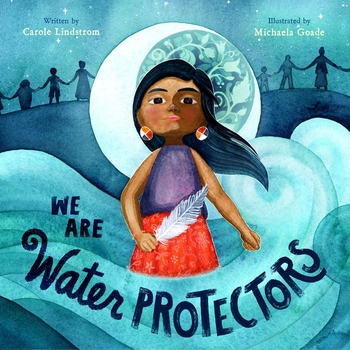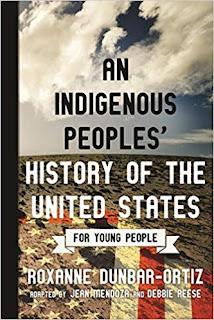Yesterday I saw a tweet about the International Reading Association's blog post,
#ILAchat: Why Students Need #OwnVoices Stories. I clicked on it and saw that, in the third paragraph, there was a link to their 2019 ILA Choices reading lists. As an advocate for #OwnVoices, I was excited to see what Native writers they had on their lists. I was naive. As you can see, the title of my blog post has the word "fail" in it. The book lists and the subsequent exchange I had with ILA were disappointing--and infuriating.
There are three booklists on their site:
- Children's Choices: 2019 Reading List, with about 100 books on it.
- Teacher's Choices: 2019 Reading List, with about 30 books on it.
- Young Adults Choices: 2019 Reading List, with about 30 books on it.
I looked at all three. Not a single Native writer. So, I tweeted to them. Here's a compilation of
my thread to them:
Hey, @ILAToday... I read your article on the importance of #OwnVoices... And I followed links to your bklists, and I guess #OwnVoices doesn't apply to Native people. Three booklists and zero Native writers?! Why?
Even worse, your booklists include books that misrepresent Native people [actual tweet said writers; I meant people.] On example is LOVE, PENELOPE. That bk is full of problematic imagery about Native people. My review: Not Recommended: Love, Penelope.
Books that misrepresent Native people feed a cycle that works AGAINST Native writers because their stories and characters and content don't match the "Indian" stories/characters/content that White writers have in their books. THIS IS UTTERLY DISGUSTING.
And you, YOU, ILA--an international literacy organization--are supposed to help kids.
Is it your goal to miseducate kids about who Native people are?
Is your goal to hurt Native kids and their sense of well-being with these problematic representations?
ILA replied (I have screen captures of their tweets if anybody wants to see them). Here's one (see below for the entire thread):
ILA could have said "You're right. We don't have any Native writers on the lists. We will examine the process by which we put those lists together so that this doesn't happen again."
They didn't do that.
They began a threaded reply to me:
Thanks for your feedback. We have edited the blog post to better reflect how books are selected for inclusion on the #ILAChoices reading lists.
Their edit (as near I can tell; I don't have the pre-edited post for comparison) was this note, at the bottom of the post:
This blog post was edited on 5/8/2019 to more accurately reflect the process by which books are selected for the Choices reading lists. Publisher participation in the Choices lists, and the titles they choose to submit to the project, are at their discretion and not selected by ILA as could be inferred from the original writing.
Their next tweet in the thread is this:
Project participants read and vote on hundreds of titles that publishers submit across the three Choice projects. Titles selected to the list are determined solely by reader networks and not influenced by ILA or the publisher.
That edit and that tweet sounded like they feel they are not responsible for books on the list. Doesn't that sound kind of... pathetic? These are their publications. This is their website. But content on it... not their fault if something's not right about them. My reply:
So, ILA, it isn't your fault that these lists are the way they are? Ok. At the very least they should tell ILA how much your association could do to inform membership about Native writers, Native bks, and problematic representations.
Later I saw that they had continued with their thread:
We encourage contributions to our list by smaller and more diverse publishers and authors with specific language in our Call for Submissions form; however, publisher participation, and the titles they choose to submit to the project, are at their discretion.
It's the same for our conference. Each year, publishers are invited to submit a list of authors they are willing to bring. We seek out additional pitches when necessary to include more diverse and representative authors.
For example, we sought out @tim_tingle to be featured at #ILA18 and extended invitations to other Native American authors.
Here is the slate for Author Meetups at #ILA19. [They provided a link; it has one Native writer listed.]
We do the work because we believe it is important. We always encourage authors and publishers to participate across our venues and platforms.
ILA believes that Children have the right to read texts that mirror their experiences and languages, provide windows into the lives of others, and open doors into our diverse world.
And ILA believes that children have the right to choose what they read.
The tweet that says they encourage contributions by smaller and more diverse publishers, is familiar. In 2012, the Children's Book Council launched a diversity initiative and a Goodreads bookshelf that had
problematic books on it. Their initiative was going to be launched at the American Library Association's midwinter conference. Naomi Bishop attended their session and
wrote up her thoughts. The reason I'm bringing that initiative up here, is because the CBC is involved with ILA's Children's Choices list:
Children's Choices is cosponsored by the Children's Book Council and includes children's recommendations of approximately 100 titles.
There was a lot of discussion about the Council. It is expensive to join and smaller publishers can't afford to be members. I don't recall where any of that ended up. If I recall right, CBC was very resistant to letting smaller publishers--like Lee and Low--put their books on that CBC Diversity Bookshelf. I may write to Jason (at Lee and Low) to ask him about it.
ILA using CBC as they did--as they do, to make books available to kids for this Children's Choice project--means that the kids are getting books from major publishers, some of which have problematic content... like
Love, Penelope.
ILA's response is disappointing.
I wish they had said (as noted above), that they didn't realize their lists had no Native writers on them, and that they would make sure that doesn't happen again. But there's more necessary!
It is good that they invited Tim Tingle last year, and Traci Sorell this year, to their conference but
what are they going to do about the fact that they offered a problematic book to children? I'm pretty sure that if
Little Black Sambo had been sent to them by the CBC, they would have set it aside. We need that same sort of decision-making with respect to Native images.
Instead of acknowledging any of their responsibility as educators, they are putting forth the "right to read" defense. I agree: children do have that right to read but let's not kid ourselves. Teachers have an educational responsibility. They make decisions on what books to use, all the time. They can't use every book. They make choices. Students in their classrooms have the right to read what they want to, but teachers are also teaching about racism, racist texts, and critical literacy.
I'm incensed that ILA is floating the "right to read" in this particular exchange with me.
And I'm further incensed that they're using Bishop's mirrors and windows metaphor in this exchange with me.
Love, Penelope is not a mirror for any Native child. So why invoke her work in this exchange?
There's an ILAChat twitter tonight (May 9). The topic: #OwnVoices. I plan to join in.
ILA failed many times. They failed to notice that a book list on their website did not include Native writers. Then, they failed to acknowledge their own failure in not noticing the lack of Native writers. Then they failed in how they defended the book list. They threw CBC under the bus and they misused freedom to read and Dr. Bishop's metaphor.



































